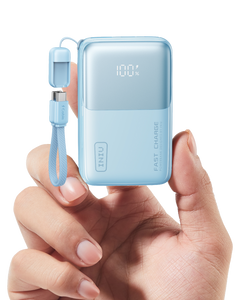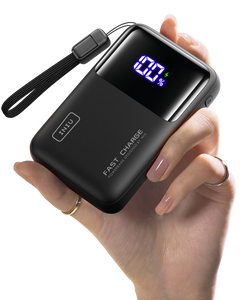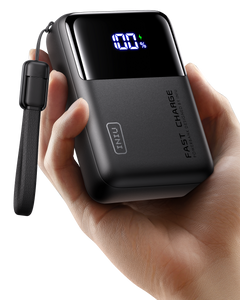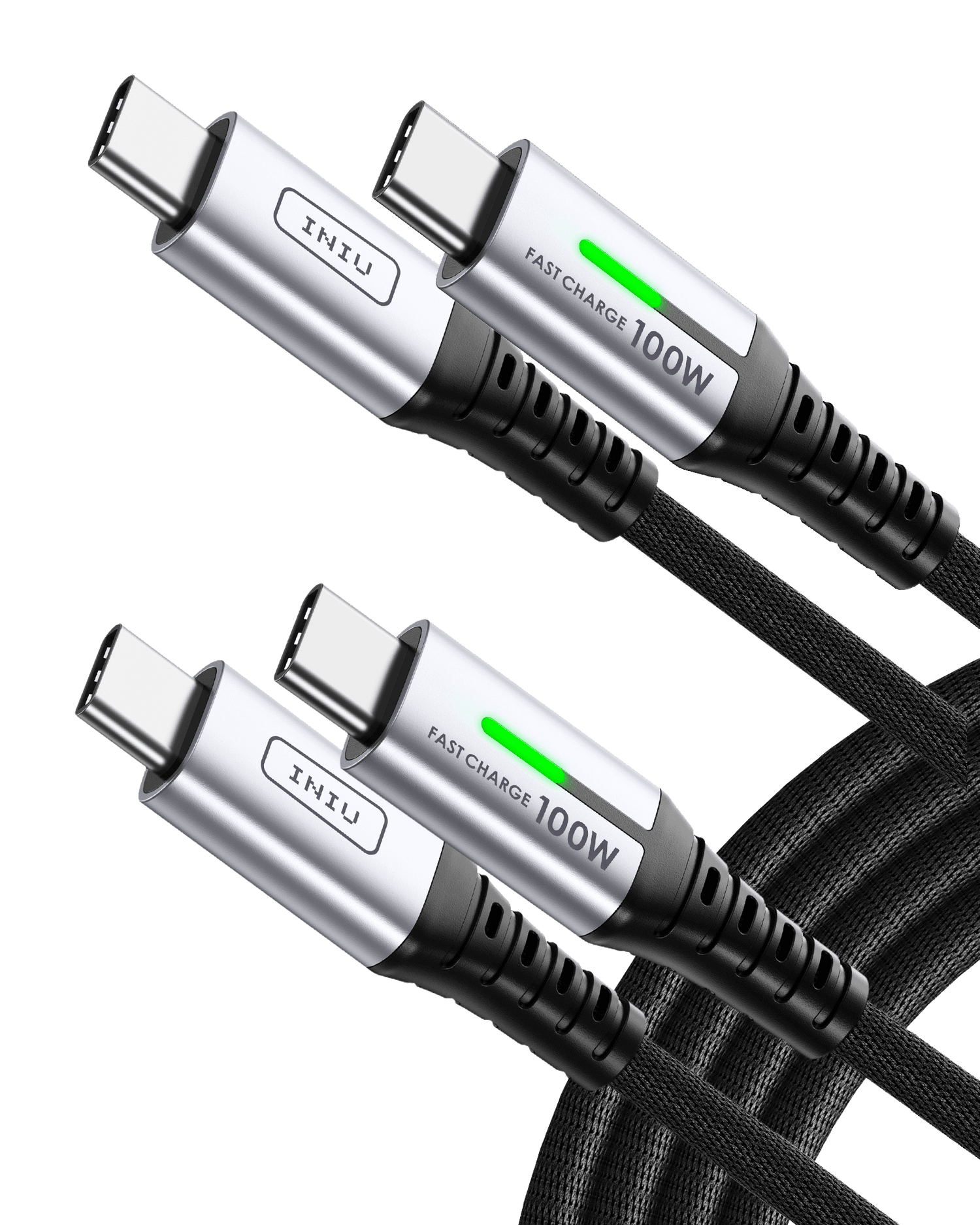
A quick guide of 'mAh' and 'W'
To make sure you're choosing the right power bank, it's important to understand the meaning and importance of two key specifications: mAh and watt.
What is mAh?
mah stands for milliampere hour, and it's a measure of the capacity of a battery. Specifically, it represents how much charge a battery can hold and how long it can deliver that charge to a device before it needs to be recharged. The higher the mAh rating of a battery, the more charge it can hold, and the longer it can provide power to your device.
For example, a 10000 mAh power bank can theoretically deliver 10,000 milliampere-hours of power to your devices. If your smartphone has a 3000mAh battery, this power bank could potentially charge it fully three times.
Choosing the Right Capacity for Your Needs:
- 5,000-10,000mAh: Perfect for daily commutes or emergency use, providing 1-2 full smartphone charges. A 10000 mAh power bank strikes an excellent balance between portability and capacity for everyday users.
- 10,000-20,000mAh: Ideal for short trips or heavy device users. A 20000 mAh power bank offers multiple charges for smartphones or tablets.
- 20,000mAh+: Best for long travels or laptop charging. Super high capacity power banks can reach up to 27,000mAh (airline carry-on limit), suitable for power-hungry laptops and multiple devices.
What is watt?
Watt is a measure of power. Specifically, it represents the rate at which energy is consumed or produced. In the case of power banks, wattage refers to the maximum power output of the device. The higher the wattage, the more power the device can deliver to your device, which can help it charge faster.
For example, if you have a power bank with a 10W output, it means that it can deliver up to 10 watts of power to your device. This can help your device charge faster than if it were connected to a power bank with a lower wattage.
Wattage Examples
- 5W-10W: Standard charging speed for basic needs
- 18W-20W: Most fast charging power banks operate in this range, offering significantly reduced charging times
- 30W-45W: Premium charging speeds for high-end smartphones, tablets, and some laptops
- 65W-100W+: Ultra-fast charging for laptops and simultaneous multi-device charging
Why are mAh and watt important?
Understanding the mAh and watt specifications of a power bank is important because it can help you choose the right power bank for your needs. For example, if you have a device with a large battery capacity, you'll want a power bank with a high mAh rating to ensure that it can fully charge your device. Similarly, if you need to charge your device quickly, you'll want a power bank with a high wattage rating.
However, it's important to keep in mind that higher mAh and wattage ratings often come at the expense of size and weight. If you need a power bank that's small and lightweight, you may need to sacrifice some capacity and power output. Conversely, if you need a power bank with a large capacity and high power output, you may need to accept a larger and heavier device.
In conclusion, mAh and wattage are two important specifications to consider when choosing a power bank. By understanding what these specifications mean and how they impact your device's charging capabilities, you can choose a power bank that meets your needs and keeps your devices powered up and ready to go.
Frequently Asked Questions (FAQ)
Q1: Does higher mAh always mean faster charging?
A1: No. mAh indicates capacity (how much energy it holds), while charging speed is determined by W (Wattage, or power output). A high mAh power bank with low wattage will still charge slowly.
Q2: Can a high-wattage power bank damage my low-wattage device?
A2: Generally, no. Modern smart devices and chargers are designed with intelligent chips. Your device will only draw the maximum power it can safely handle. If your device can only accept 10W, even if connected to a 100W power bank, it will only charge at 10W.
Q3: My phone's battery is 4000mAh. What mAh power bank should I get?
A3: If you aim for at least two full charges, consider a 10000mAh or higher power bank. Accounting for energy conversion losses, selecting a power bank with 2.5-3 times your phone's battery capacity is a safe bet.
Q4: Do I really need a power bank with PD or QC fast charging?
A4: If your smartphone, tablet, or laptop supports fast charging protocols like Power Delivery (PD) or Quick Charge (QC), then choosing a power bank that also supports these will significantly boost your charging speed. It's highly recommended for a better experience.






